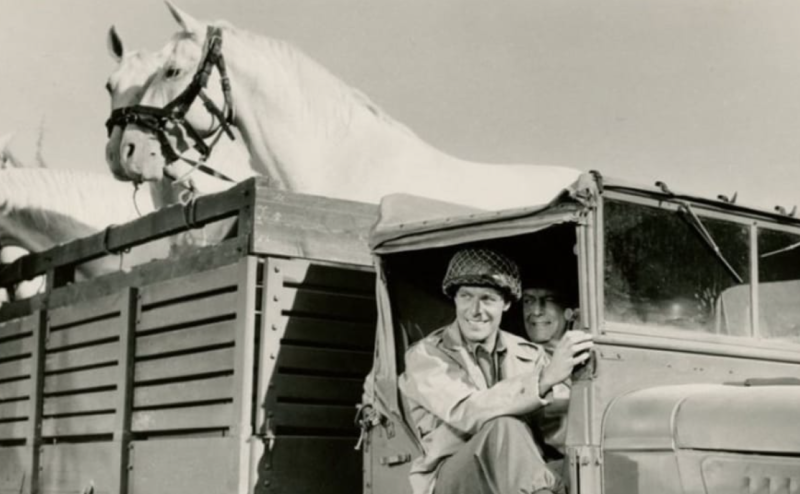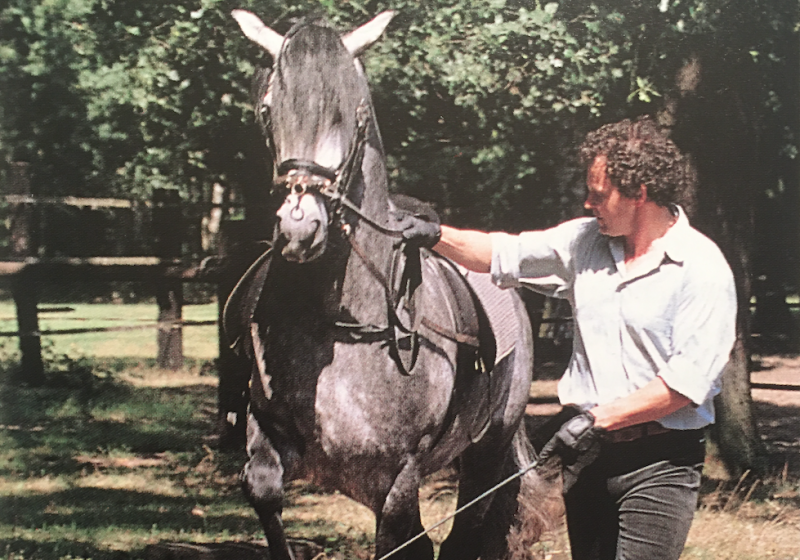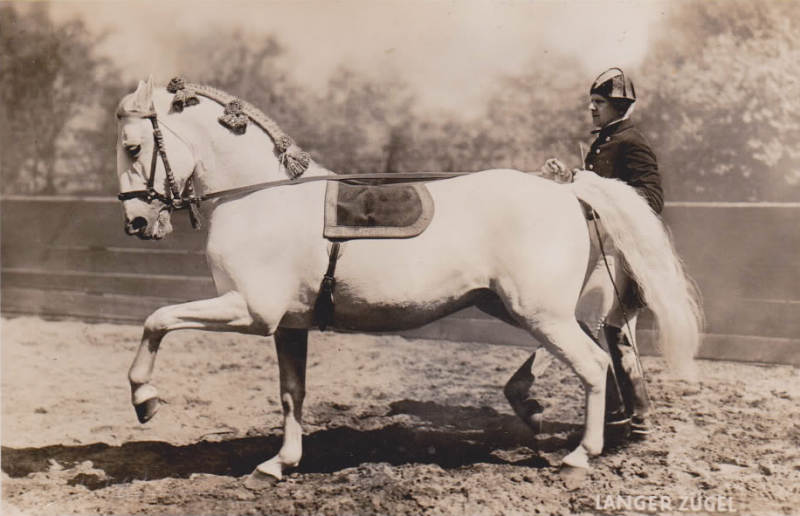
[“Morning Exercise in the Hofreitschule” by Julius von Blaas, 1890]
In early March of this year 2023, news went around the world that Chief Rider of the Spanish Riding School, Andreas Hausberger, had been relieved of his position after 40 years of service within the school. Persons not familiar with the politics of Vienna and the school itself had a difficult time understanding the issues at hand, let alone why this could have happened to an admired and trusted member of the school, who on top of it all, was the last rider left from the last generation trained under the original classical protocols and methods. Who now would carry the torch for the true, centuries-old traditions?





